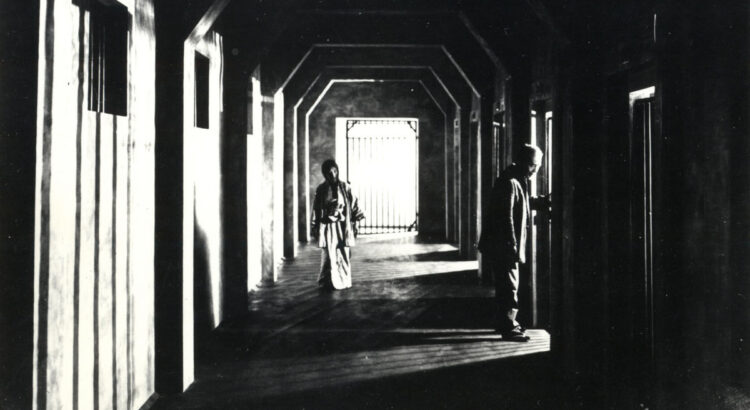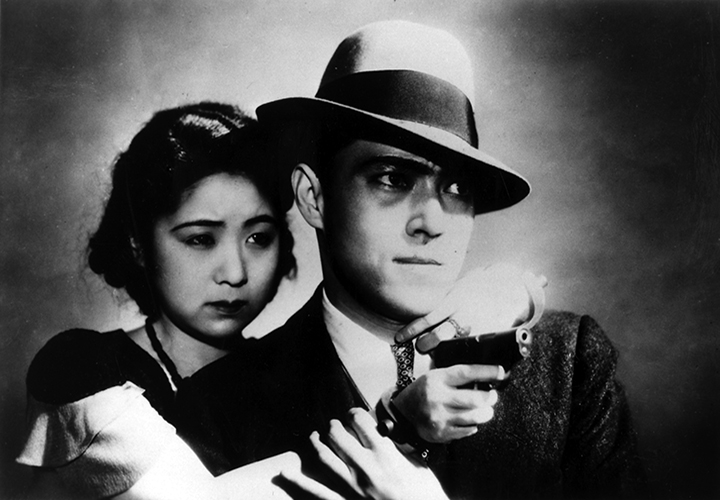Spy x Family is one of my favorite anime, so I was super excited when I heard there’s a movie, especially since the end of the last season felt incomplete. Spy x Family is a comedy anime that follows the daily life of the Forger family. As the agency’s most talented spy, Loid Forger is tasked with Operation Strix: a high-risk mission that requires him to form a fake family to maintain world peace. He marries Yor Forger, unknowing that she’s a top-tier assassin, and adopts Anya Forger, a telepath.
In the new movie, Spy x Family Code: White, Loid is told by his superior that mission Operation Strix is to be transferred to a new agent, meaning that the Forger family is no longer needed. To stay in charge of Operation Strix, Loid must prove that he and his fake family are the most fitting for the role. The movie isn’t written by the author of Spy x Family, Tatsuya Endo; I didn’t know this beforehand, but it became obvious halfway through. While Loid and Yor didn’t seem any different, Anya’s shift in personality is what gave it away. I think the out-of-characterness was a tool to be more humorous but at some times it was too much. To be completely honest, it lacked the same charm the anime has in terms of storytelling and plot. The creators did a good job setting it up in the beginning, but in the homestretch, it became rushed and had some unexpected (not necessarily in a good way) twists.
It’s possible to watch the movie without having seen the anime, but it would help. I’d recommend watching the anime over watching the movie, which feels more like a fun addition rather than an essential story. I still had a lot of fun watching it though!

















